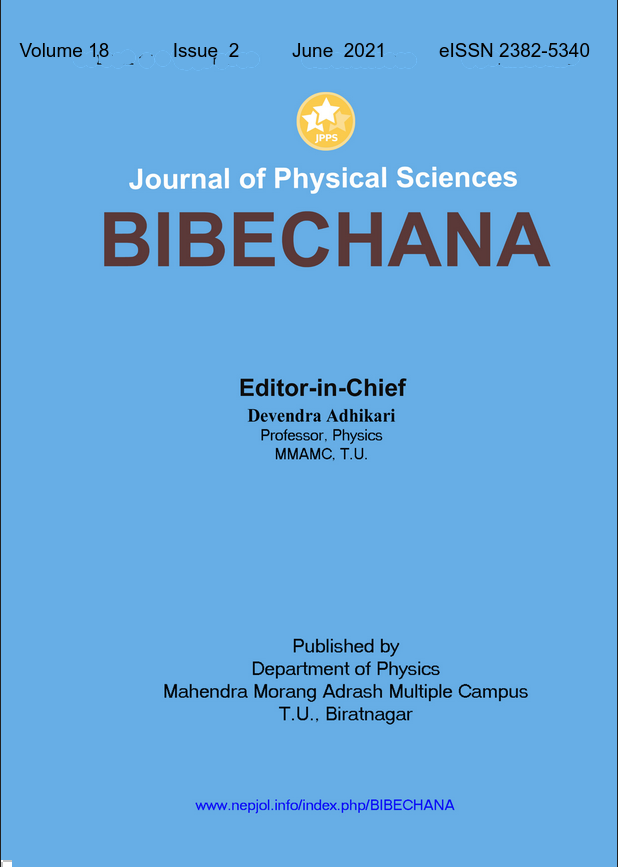Synthesis of antioxidative anthraquinones as potential anticancer agents
DOI:
https://doi.org/10.3126/bibechana.v18i2.31234Keywords:
Acetylation, Antibacterial, Antioxidant, Chrysophanol, Friedel-Crafts ReactionAbstract
Antioxidant and antibacterial activities of natural anthraquinones namely chrysophanol (1) and emodin (2), and synthesized anthraquinones viz. 2-methylanthraquinone (3), anthraquinone (4), 2-bromoanthraquinone (5), rubiadin (6), chrysophanol diacetate (7), rubiadin diacetate (8) and 1,8-dimethoxy-3-methylanthraquinone (9) were investigated. Anthraquinones 9, 3, 6, 5 and 2 exhibited a high DPPH• radical scavenging capacity (IC50 = <500 μg/mL) showing their therapeutic potentiality for the treatment of cancers. These anthraquinones 1-9 have also displayed a weak to moderate antibacterial activity against Bacillus subtilis. Chrysophanol diacetate (7) including emodin (2) have been appeared as the valuable antibacterials.
BIBECHANA 18 (2) (2021) 143-153
Downloads
Downloads
Published
How to Cite
Issue
Section
License
This license enables reusers to distribute, remix, adapt, and build upon the material in any medium or format for noncommercial purposes only, and only so long as attribution is given to the creator.




